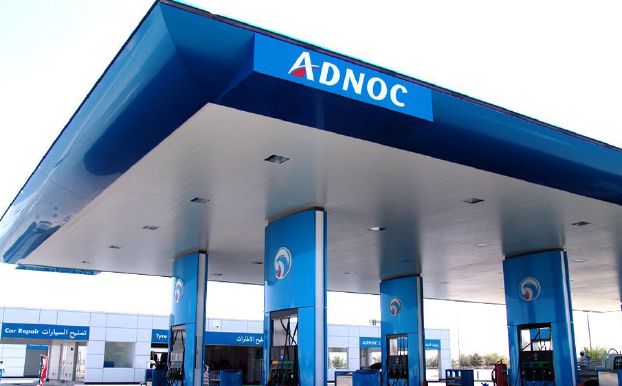
ADNOC to Expand Carbon Capture, Use & Storage Technology to Reduce Environmental Footprint and Enhance Oil Recovery
The Abu Dhabi National Oil Company (ADNOC) is planning to significantly expand its use of Carbon Capture, Use and Storage (CCUS) technology to meet a six-fold increase in the utilization of CO2, for Enhanced Oil Recovery (EOR), over the next 10 years. The volume of the greenhouse gas safely locked away underground will be equivalent to the CO2 emitted by more than one million motor vehicles each day.
To meet the increased demand for CO2, which will be injected into Abu Dhabi’s maturing oil reservoirs, ADNOC has drawn up ambitious plans to capture the greenhouse gas from its own operations. ADNOC aspires to achieve up to 70 per cent ultimate oil recovery rate from its reservoirs, which is twice as much as the global average, applying conventional recovery methods.
To date, ADNOC has stored approximately 240,000 metric tons of CO2, collected from Emirates Steel Industries (ESI), by injecting it into its reservoirs at Rumaitha and Bab oilfields to bolster oil recovery.
Starting in 2021, ADNOC will gradually increase the utilisation of CO2, expecting to reach 250 million standard cubic feet per day (MMscfd) by 2027 by capturing additional CO2 from its gas processing plants and injecting it into different onshore oil fields.
Abdulmunim Saif Al Kindy, Director of ADNOC’s Upstream Directorate and Chairman of Al Reyadah said: “As we push forward plans to create value by maximizing oil recovery over the life time of our fields, we will increasingly utilise a range of Enhanced Oil Recovery technologies, of which carbon capture, use and storage is not only good for the environment but also makes sound business sense.
“Replacing rich gas with CO2 injection into ADNOC’s maturing fields will allow the more productive use of valuable clean-burning natural gas, whether for power generation, desalination or as petrochemicals’ feedstock. This is a prime example of how clean technology can be integrated with traditional energy to optimize resources and reduce the environmental footprint.”
In the oil industry, CCUS technology works in three stages. Carbon dioxide is first captured on site, then it is compressed and dehydrated. Finally, it is transported via a pipeline for injection into oilfields, where it can be leveraged to enhance oil recovery. Using primary and secondary (waterflood) recovery techniques, between 30-35 per cent of oil are recovered on a global average. Including waterflood, ADNOC achieves up to 50% recovery rate from its fields. EOR techniques, such as the use of CO2 and CCUS, can help increase recovery to up to 70 per cent.
The International Energy Agency (EIA) believes carbon capture and storage technologies have a key role to play in realising a sustainable, climate-friendly future energy scenario and are expected to account for about one sixth of required emissions reductions by 2050.
ADNOC was the first National Oil Company to pilot CO2 injection for EOR in 2009. In 2016 ADNOC joined forces with Masdar to launch Al Reyadah, the first commercial-scale CCUS facility in the Middle East & North Africa (MENA). Al Reyadah is now fully owned by ADNOC and integrated into ADNOC Onshore.



























